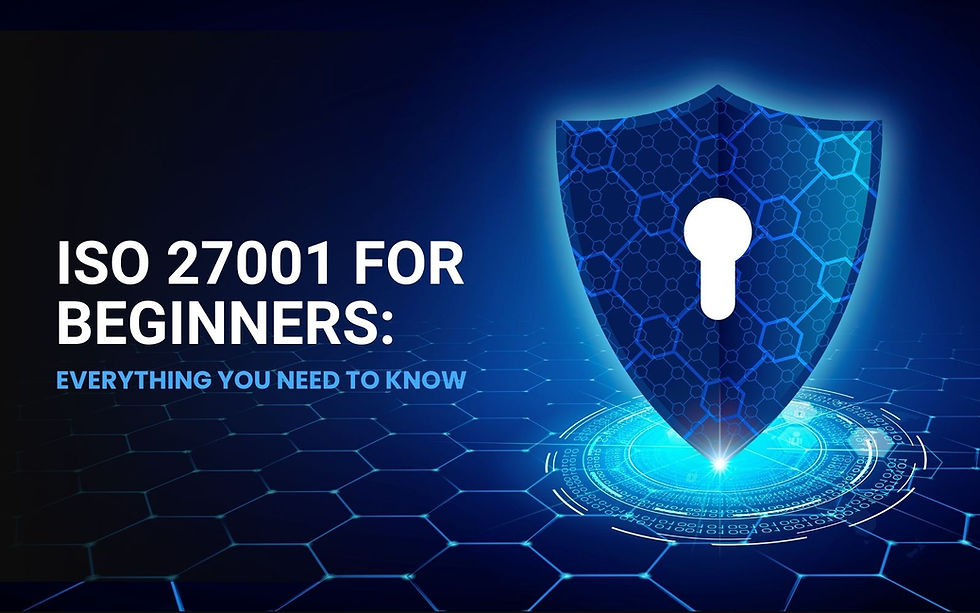What Is A SWOT Analysis In ISO 27001 Certification
- osscertification20
- Jul 10, 2024
- 3 min read
Organizations use these things to figure out what they want to do in the future and where they are now. When it comes to ISO 27001 Certification, which is the worldwide standard for Information Security Management Systems (ISMS), a SWOT analysis is a crucial way to find out how ready an organization is for information security and what its strengths, weaknesses, opportunities, and threats are.

Strengths
A SWOT study for ISO 27001 Certification helps businesses determine what information security tools and methods work well. Some examples of these strengths are a robust IT system, security teams with specific skills, and taking the initiative to manage risks. A business could also talk about how experienced their staff is, how committed their leaders are to security, and how data protection is a big part of their company culture. You should know and value these strengths because they are the building blocks for putting ISO 27001 into action. Companies can speed up the licensing process and ensure they meet the standard's requirements using these in-house skills.
Weakness
On the other hand, the SWOT analysis shows weak spots that could make it harder to use ISO 27001 effectively. Often, security policies and procedures that are too old, training programs that need to teach workers more about best security practices, and more money for information security projects are to blame. It could also show where employees need to learn simple things or know how important it is to keep data safe. Businesses need to find these weaknesses because they help them determine what needs the most work and where to put their resources. If these issues are fixed early on in the ISO 27001 process, the company will be better able to handle information security. This will make it less vulnerable to general online risks.
Opportunities
One part of an ISO 27001 Certification SWOT analysis is looking at outside factors that might help improve efforts to keep information safe. Chances like these come from better tech security, government incentives to get ISO 27001 approval, or business changes that clarify how important it is to keep data and information safe. Businesses can strengthen their case for ISO 27001 approval with these chances. This can give them an edge over their competitors and help them ensure their security processes align with the latest best in the field. Companies that use these chances can also show that they care about keeping private information safe and meeting the needs of customers and partners.
Threats
For the last part, an ISO 27001 Certification SWOT analysis looks for risks that could hurt information security and make it harder to get certified. When cyber threats and flaws change, like ransomware attacks or data breaches, so do the threats. Other threats include changes in the law that make data protection stricter and geopolitical risks that affect data sovereignty and international compliance. Imagine these dangers and think about how they could hurt the business. This way, they can plan to lower risks, strengthen their defenses, and meet ISO 27001 standards. Getting rid of threats early in the certification process enhances the company's ability to protect itself against security events. It earns the trust of those who matter in its commitment to information security.
Conclusion
Businesses can fully understand their current information security situation with an ISO 27001 SWOT analysis. This shows them their strengths, weaknesses, opportunities, and threats they need to deal with. It's easier for organizations to adopt ISO 27001 provided by ISO Certification Provider with this strategic planning tool. It also pushes them to be more proactive about managing information security risks, which makes them stronger. Organizations can build a robust Information Security Management System that meets regulations, protects sensitive information, and builds on their internal strengths to become more competitive. They can also get ISO 27001 certification to help them do these things.


Comments